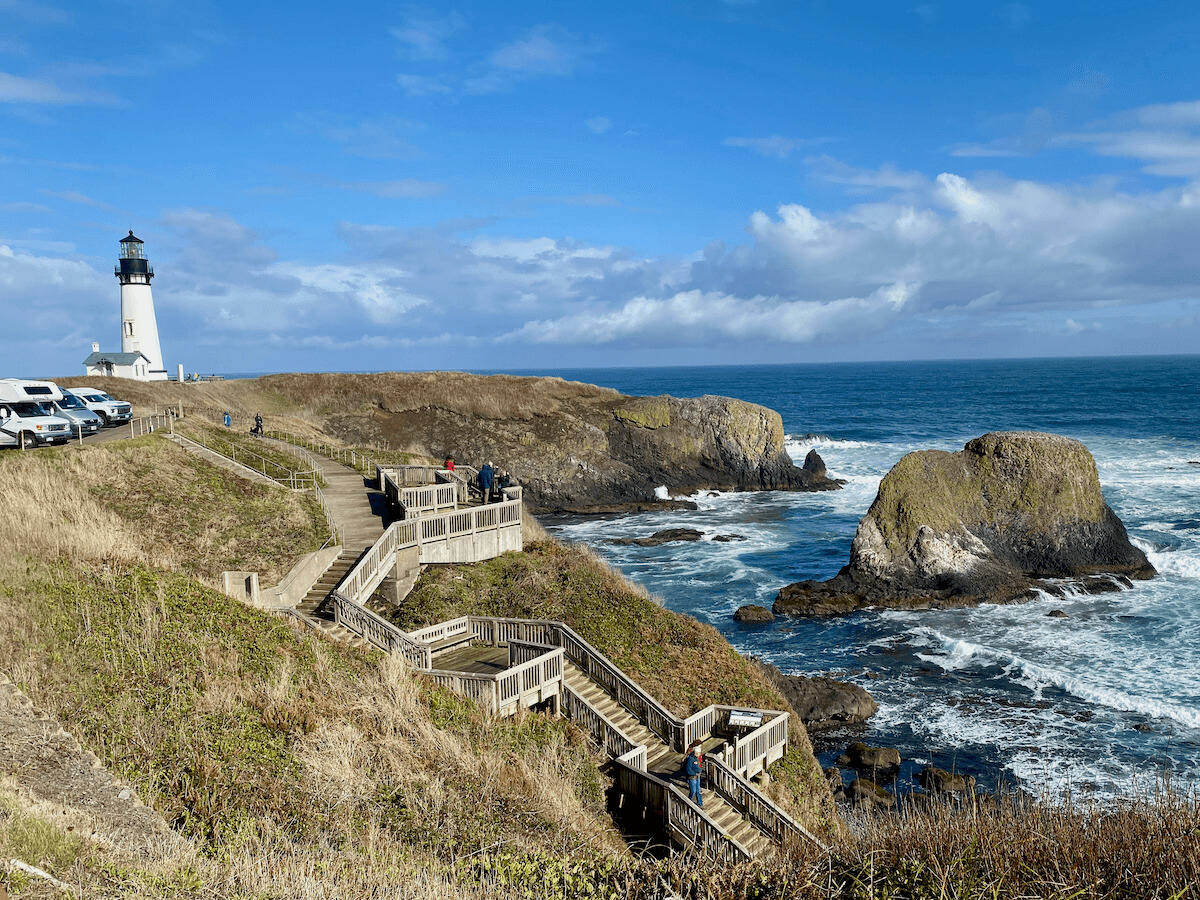Secrets Of Oregon’s Prehistoric Fishing Platforms

Have you ever wondered about the ancient fishing methods used by Native Americans in Oregon? The prehistoric fishing platforms along the Columbia River offer a glimpse into the past. These platforms, built from wood and stone, were ingeniously designed to catch salmon. Native tribes like the Chinook and Nez Perce relied on these structures for sustenance. They would stand on these platforms, using long poles to spear fish swimming upstream. This method was not only effective but also sustainable, ensuring fish populations remained healthy. Visiting these historic sites today, you can almost hear the rush of the river and imagine the skill it took to fish this way.
Discovering Oregon's Prehistoric Fishing Platforms
Oregon's prehistoric fishing platforms offer a glimpse into the past, showcasing the ingenuity of ancient civilizations. These platforms, often perched above rushing rivers, were essential for survival, providing a steady supply of fish. Let's explore some of the most fascinating sites.
1. Celilo Falls
Celilo Falls, once a bustling hub for Native American tribes, was a prime fishing spot on the Columbia River. The falls created a natural bottleneck, making it easier to catch fish. Though submerged by The Dalles Dam in 1957, its legacy lives on.
2. Willamette Falls
Willamette Falls, located in Oregon City, is the second-largest waterfall by volume in the U.S. Native tribes built platforms here to harvest salmon. The falls remain a significant cultural and historical site.
3. Cascade Locks
Cascade Locks, situated in the heart of the Columbia River Gorge, was another vital fishing area. Platforms here allowed tribes to catch salmon as they navigated the treacherous rapids. The town of Cascade Locks still celebrates this rich heritage.
4. The Dalles
The Dalles, known as the "end of the Oregon Trail," was a major fishing and trading center. Platforms along the Columbia River enabled efficient fishing. Today, The Dalles Dam has altered the landscape, but the area's history remains vibrant.
5. Rogue River
The Rogue River, with its fast-flowing waters, was a prime location for fishing platforms. Native tribes utilized these platforms to catch salmon and steelhead. The river continues to be a popular spot for fishing enthusiasts.
6. Klamath River
The Klamath River, flowing from Oregon into California, was another crucial fishing site. Platforms here provided access to abundant fish populations. The river's ecosystem remains vital for both wildlife and local communities.
7. Umpqua River
The Umpqua River, with its diverse fish species, supported numerous fishing platforms. Native tribes relied on these platforms for sustenance. The river's rich history is still celebrated by local tribes and residents.
8. Deschutes River
The Deschutes River, known for its clear waters and strong currents, was ideal for fishing platforms. Tribes built these structures to catch salmon and other fish. The river remains a popular destination for fishing and recreation.
9. John Day River
The John Day River, one of the longest free-flowing rivers in the U.S., was a key fishing area. Platforms along the river allowed tribes to harvest fish efficiently. The river's pristine condition continues to attract nature lovers.
10. Snake River
The Snake River, winding through Oregon, Idaho, and Washington, was a significant fishing site. Platforms here provided access to rich fish populations. The river's historical importance is still recognized today.
Ancient Fishing Platforms: A Glimpse into Oregon's Past
Oregon's prehistoric fishing platforms offer a unique window into the lives of ancient communities. These structures, built with skill and ingenuity, highlight the importance of fishing in their daily existence. Visiting these sites, you can almost feel the history beneath your feet, imagining the bustling activity that once took place.
Exploring these platforms not only enriches your understanding of Oregon's history but also connects you to the land and its original inhabitants. The craftsmanship and strategic placement of these platforms demonstrate a deep knowledge of the environment and its resources.
Next time you're in Oregon, take the opportunity to visit these remarkable sites. They are a testament to human resilience, adaptation, and the timeless bond between people and nature. Discovering these ancient fishing platforms will leave you with a profound appreciation for the region's rich cultural heritage.

